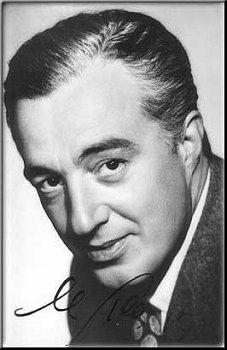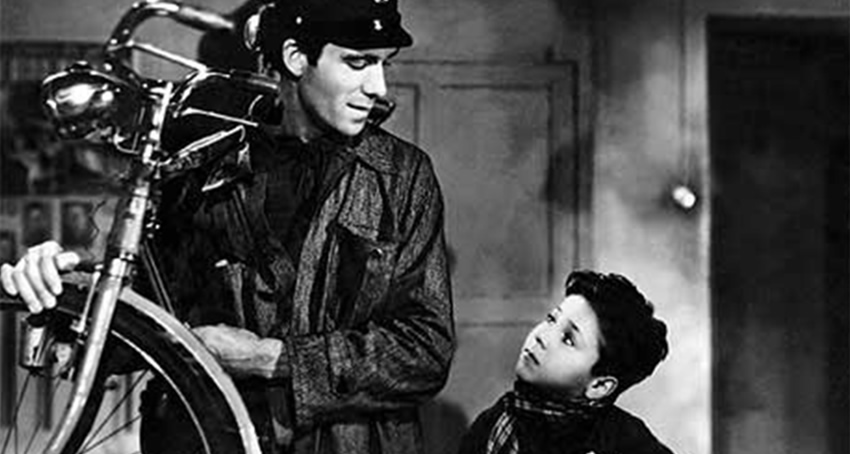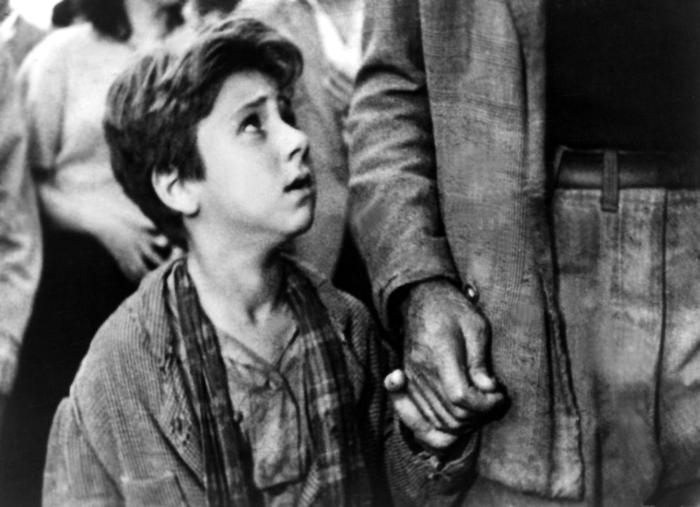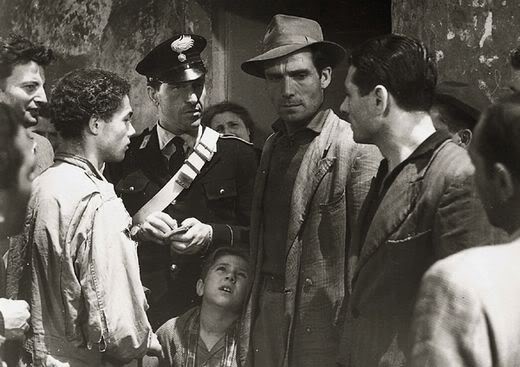BICYCLE THIEVES: An All time Classic
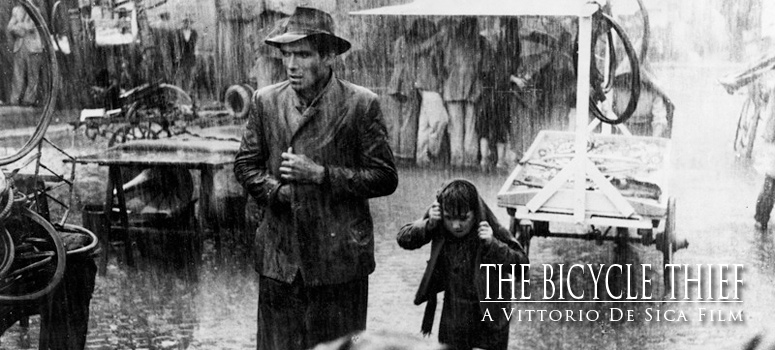 |
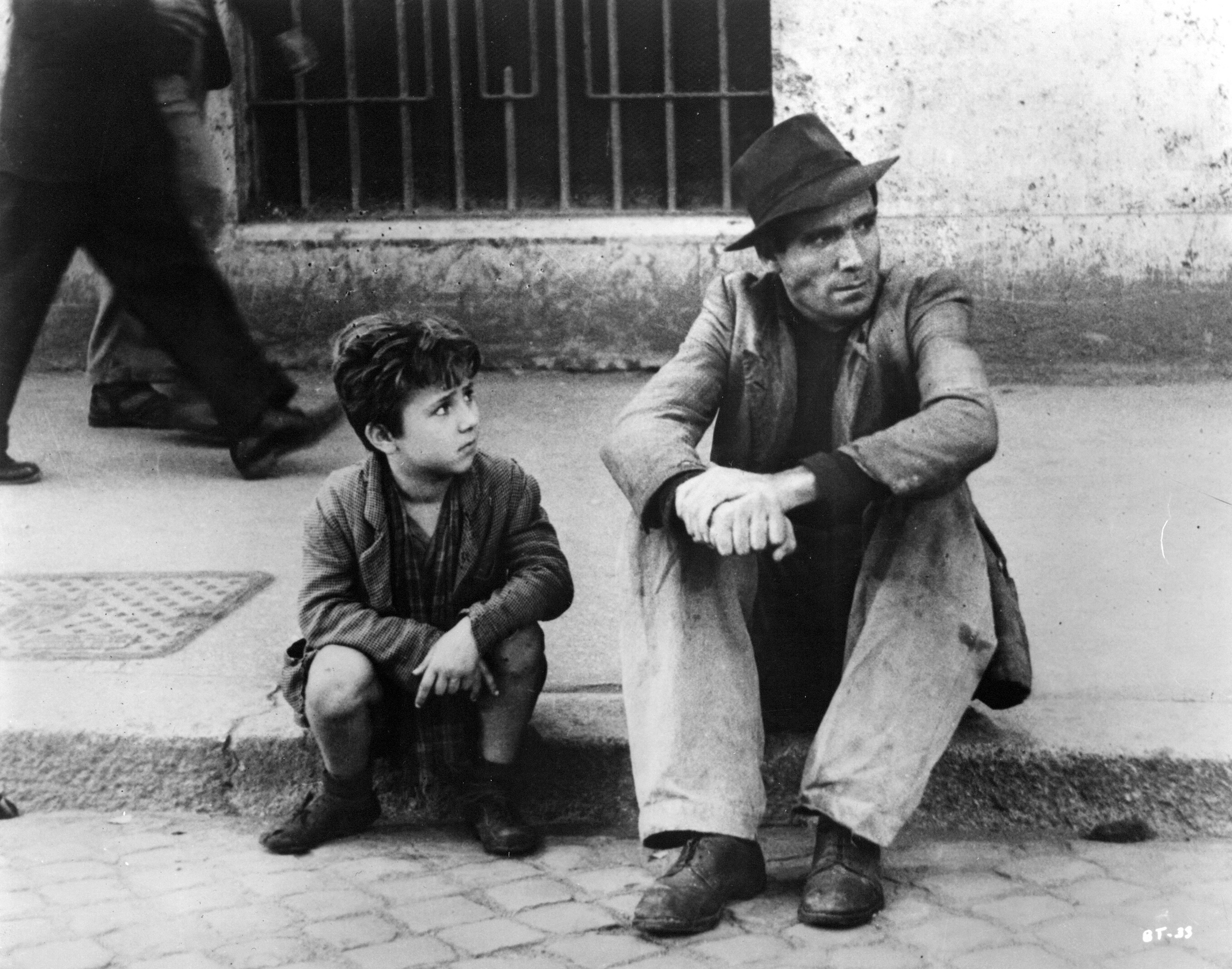 |
The Bicycle Thief follows the story of a poor father searching post-World War II Rome for his stolen bicycle, without which he will lose the job which was to be the salvation of his young family. Adapted for the screen by Cesare Zavattini from a novel by Luigi Bartolini, and starring Lamberto Maggiorani as the desperate father and Enzo Staiola as his plucky young son, Bicycle Thieves is one of the masterpieces of Italian neorealism.
The film tells the story of Antonio Ricci, an unemployed man in the depressed post-World War II economy of Italy. With no money and a wife and two children to support, he is desperate for work. He is delighted to at last get a good job hanging up posters, but on the sole condition that he has a bicycle which must be used for work. He is told unequivocally: "No bicycle, no job." His wife Maria pawns their bed sheets in order to get money to redeem his bicycle from the pawnbroker. The first day at work Antonio's bicycle is stolen. A friend offers to help him search for it the next morning at Piazza Vittorio, where the street |
vendors sell stolen bikes. The search is unsuccessful, but Antonio and his little son Bruno don't give up. They continue to the market at Porta Portese, where Antonio happens to see the thief talking to an elderly man. As he cannot catch the thief, he instead pursues the old man, who goes into a church, where he disappears during the mass. The third time Antonio happens to see the thief, he succeeds to pursue him to his dwelling-place. A local policeman believes Antonio's story about the theft, but as he cannot find the stolen bike in the apartment, the case is dismissed. Driven into utterly despair Antonio tries to steal a bike himself, but fails. Crestfallen he and Bruno walk back home back to unemployment. Excellent English subtitles translate the Italian dialogue.
Many critics have hailed The Bicycle Thief as the definitive example of Italian Neorealism, a cinema style that came to prominence after World War II as directors took their cameras into the streets to film stories of everyday, working class life, often with non-professional actors in |
|
key roles. The movement was both a reaction against the slick, state-controlled studio films made in Italy in the '30s, dubbed "white telephone" films by their detractors, and a public confession of guilt by the artists who had attempted to collaborate with Benito Mussolini's Fascist regime.
Indian director Satyajit Ray has acknowledged the film's influence on his breakthrough picture, Pather Panchali (1955).
Vittorio De Sica, film director and actor who was a major figure in the Italian Neorealist movement. During a prolific career that spanned 55 years, De Sica directed 35 films and acted in more than 150. His career as an actor began in 1918 with a small part in a silent film. Although he maintained a successful acting career until the end of his life, De Sica’s directorial efforts usually in collaboration with screenwriter Cesare Zavattini—are regarded as his more influential contribution to cinema history.
|



